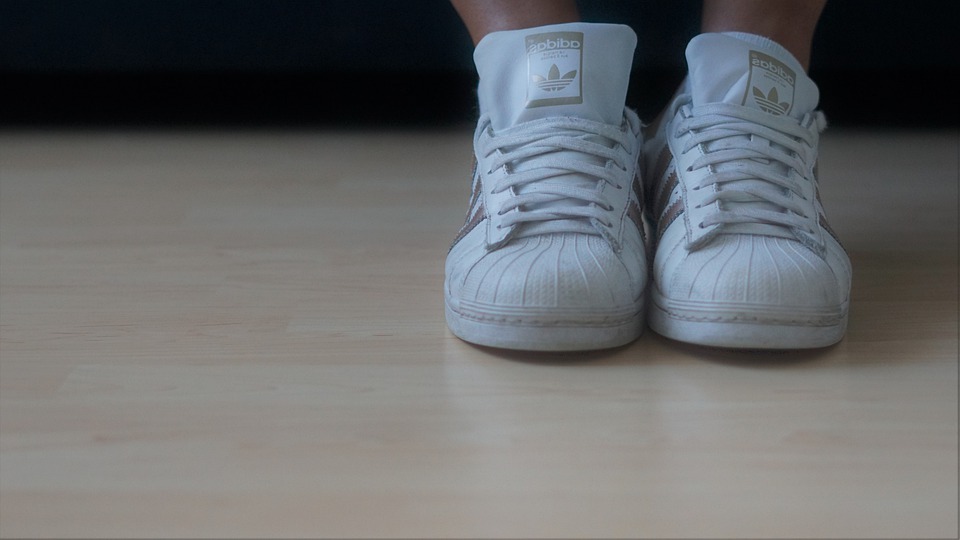Decided it’s time to swap that dusty old carpet for laminate flooring? Perhaps you’re selling your property and want to give your flooring a quick makeover?
Laminate flooring is essentially a photograph on a synthetic material that can imitate the look of wood, stone, ceramic, painted tiles and more. It has spiked in popularity over the past decade – and you only have to combine the simulation of authentic woods and patterns with its cost-effectiveness to see why.
Given the ease of installation, laminate flooring is often the flooring of choice for DIYers too. So, if you fancy yourself as a handyman (or handywoman), there’s nothing to say you won’t be able to fit your new flooring yourself.
But – before you delve right into the installation, here we look at just a few of the biggest blunders people make when installing laminate flooring planks. We’re even offering a few tips on how to avoid them…
1. Using laminate floors in the wrong areas
People opt for laminate floors in their kitchens and bathrooms all the time and, in most cases, the surface is water-resistant and will look great for years to come. But it’s a material that is highly susceptible to water penetration and, if not installed properly, even the slightest of spills could cause your flooring to bubble or buckle.
Top tip: if you are planning to use laminate flooring in water-sensitive areas, you must prevent water and moisture from getting beneath it. To do so, you need to learn how to seal the joins using laminate flooring sealant (or 100% mildew-resistant silicone) to eliminate the risk of moisture damage and buckling.
2. Lack of acclimatisation
Whilst we’re sure you can’t wait to get started on your project, one of the biggest mistakes people make when installing laminate flooring is jumping in two feet first. However, much like any other wood flooring, laminate expands and shrinks to adjust to the environment. And bringing cold laminate into a warm room to be installed immediately could result in buckling – even if you leave the recommended expansion gap.
Top tip: as a general rule of thumb, you need to allow floor planks to acclimatise to the room. Try to maintain the temperature and humidity within the room for at least 48 hours before and after the installation.
3. Not using the correct underlay
The chances are, if you were having new carpets fitted, you’d replace the underlay – and laminate flooring is no different. Laminate flooring is thin, offers no structural integrity and can bend and flex easily. Using an underlay will help your floor to ‘float’ and absorb any minor deviations in the subfloor below. But there is a vast range of laminate flooring underlay to choose from. How do you know which is best?
Top tip: when selecting underlay, you need to factor in the location, the subfloor, your personal preference and your budget. A decent laminate underlay, like the ones available to buy at Carpet Underlay Shop, will not only protect your floor against noise and add insulation but ensure a comfortable underfoot too.
There you have it. You should now have a better idea of what you need to do to avert common mistakes.
So, before you begin, make sure you read the instructions carefully and inspect all laminate floorboards. And if you’re unsure about anything, be sure to seek expert advice.

